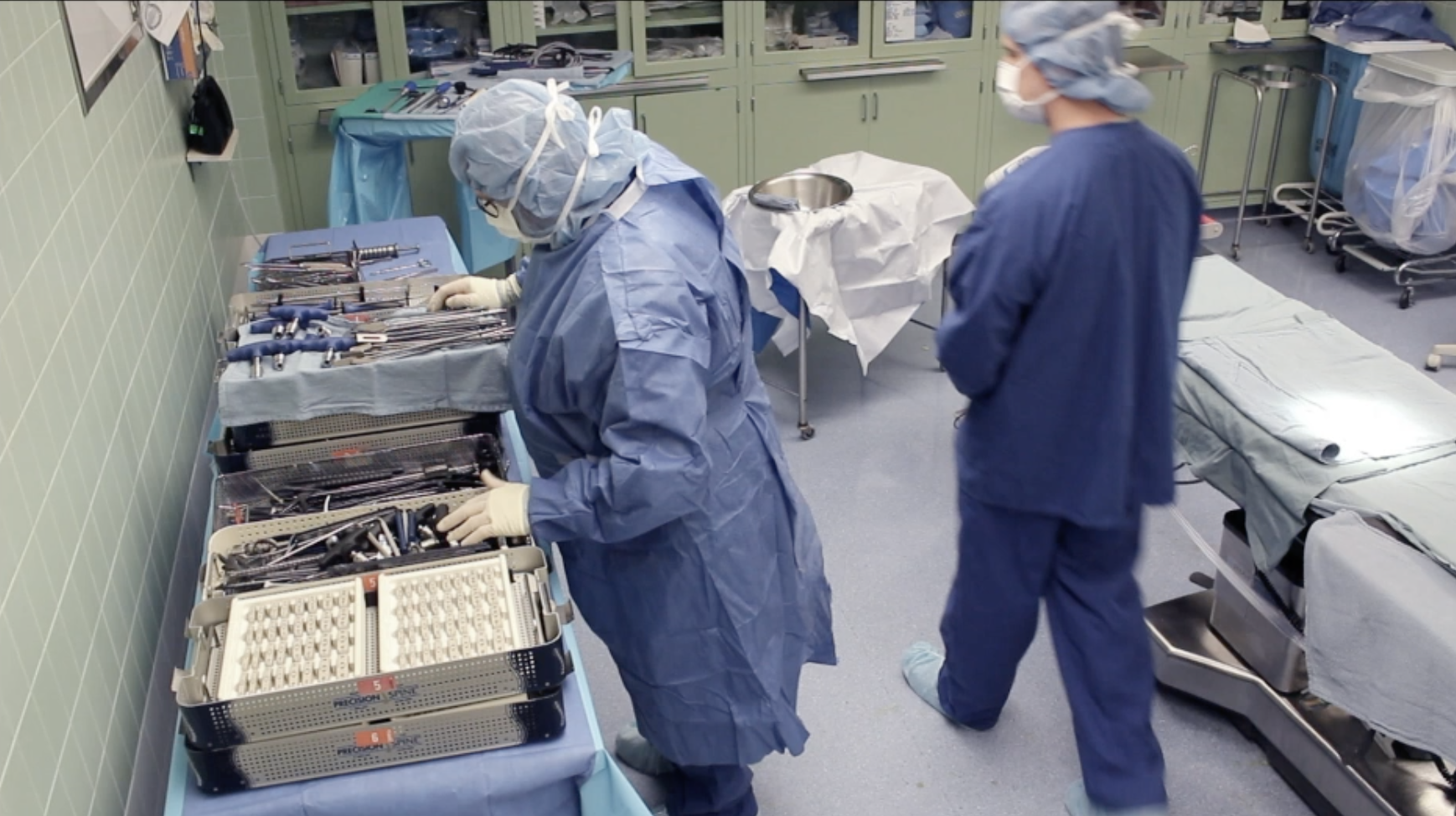
- DinamicOR
-
by feed_admin
Operating rooms are often busy and chaotic places, with surgical staff working quickly to get procedures performed as efficiently as possible. While this level of productivity is necessary for successful surgeries, it can also lead to an increased risk of injuries for staff.
To reduce the chances of staff injuries in the operating room, it is important to implement best practices into your daily routine. This blog post will outline some of the best practices for reducing staff injuries in the OR.
Problem: Heavy Lifting
According to the Bureau of Labor and Statistics, 67 percent of all operating room injuries occur due to overexertion from lifting and repetitive motion, making it far and away the most common of operating room injuries.
Much of the heavy lifting and many of the repetitive movements necessary in the OR are due to frequently moving and stacking heavy trays laden with medical instruments and devices. These motions are often required because the back table simply does not organize and display all those implements in the most accessible, visible manner.
One way to combat repetitive motion injuries is to switch up the tasks and responsibilities associated with each staff member. That would spread out the activities which need to be performed, so the same individuals weren’t constantly performing the same tasks and actions.
However, the majority of these can be eliminated simply by installing a highly efficient back table system like the DinamicOR Back Table Solution, which places 92 percent of all instruments within easy reach and provides instant visibility for them. When needed, implements are clearly visible and accessible, so there is no need to go through the lifting and stacking of trays to find a specific device.
Not only will this cut down on injuries, but it also results in time savings, which at critical moments of surgery, can be a literal lifesaver. If this same highly organized, easily accessible layout was to be adopted across all operating rooms at a facility, you would have the added advantage of uniformity and consistency. No matter which OR the staff is working in, the back table layout would be identical, and instruments would be retrievable from the exact same locations.
Making the OR safe for staff members
Things happen quickly in a hospital operating room, and in the urgency of surgery, it can be possible for some safety precautions and procedures to be overlooked. That’s why best practices for injury reduction should include routines that are built into the process, so they simply can’t be dropped in the heat of battle.
If you’d like to learn more about how the DinamicOR Back Table Solution can help protect your valuable surgical staff from injury, we invite you to reach out for a free demonstration. Our team is ready to help.



